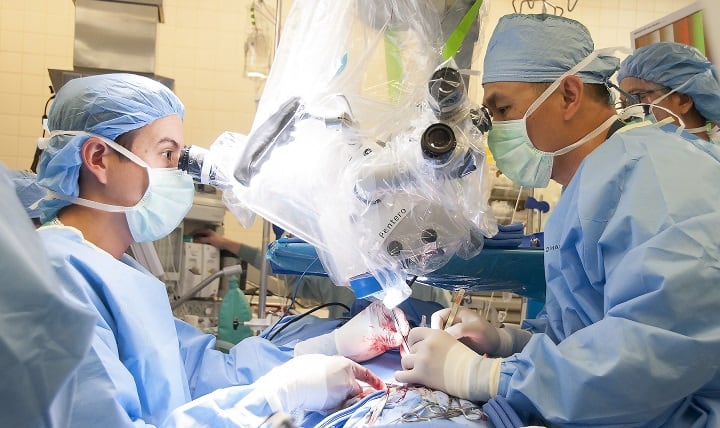Tiny pacemaker could reduce open heart surgeries for infants
Researchers at Children’s National Health System in Washington DC have developed a miniaturised prototype pacemaker that could lead to less invasive surgeries for infants.

Measuring about 1cm2, the device could be delivered using a small 1cm incision, removing the need for lengthy and traumatic open heart surgeries. Paediatric open-heart surgery can take up to several hours, depending on the child’s medical complexities. In the study, which will be presented at the American Heart Association’s Scientific Sessions 2018, the prototype was tested on piglets. It was found that the median time from incision to attaching the pacemaker was 25 minutes.
“Placing a pacemaker in a small child is different than operating on an adult, due to their small chest cavity and narrow blood vessels,” said lead author Dr Rohan Kumthekar, a cardiology fellow at Children’s National. “By eliminating the need to cut through the sternum or the ribs and fully open the chest to implant a pacemaker, the current model, we can cut down on surgical time and help alleviate pain.”
Register now to continue reading
Thanks for visiting The Engineer. You’ve now reached your monthly limit of news stories. Register for free to unlock unlimited access to all of our news coverage, as well as premium content including opinion, in-depth features and special reports.
Benefits of registering
-
In-depth insights and coverage of key emerging trends
-
Unrestricted access to special reports throughout the year
-
Daily technology news delivered straight to your inbox










Water Sector Talent Exodus Could Cripple The Sector
Maybe if things are essential for the running of a country and we want to pay a fair price we should be running these utilities on a not for profit...